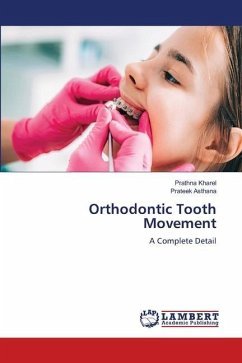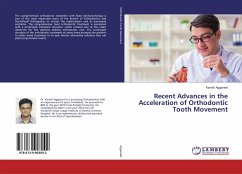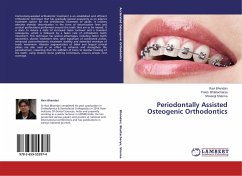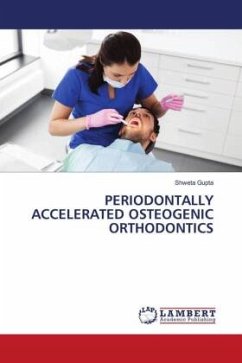A problem that often precipitates in the Orthodontic treatment of adult patients is the presence of periodontal disease and loss of bone support. As a result of it, the center of resistance of the tooth is modified & thereby performing controlled tooth movements becomes complicated. This scientific work investigates the issue deeper and substantiates that the forces and moment to force ratios needed to be applied during an Orthodontic treatment must be adapted in the periodontally compromised conditions. Experimentally derived values of force and moment to force ratios have been provided for modifications when Orthodontic tooth movement is planned under bone loss conditions, to obtain the same movement as in a tooth with a healthy periodontal support. The Finite Element Method (FEM), a well-known engineering research tool has been utilized, offering an advantage that the biological system can be modelled in the computer environment and exclusive effects of various parameters can be assessed without interference from other variables.








